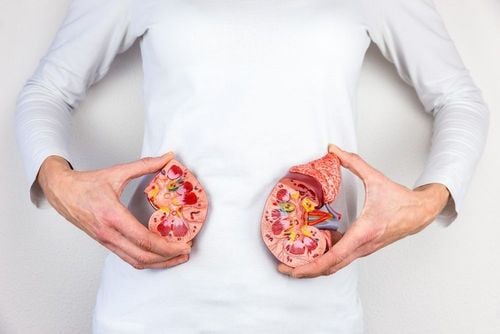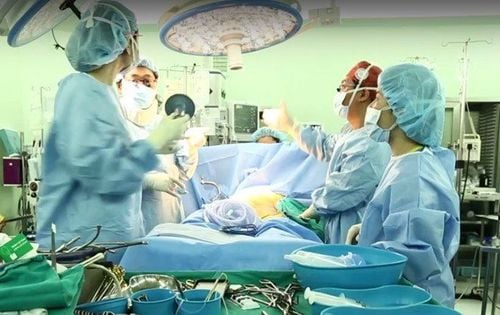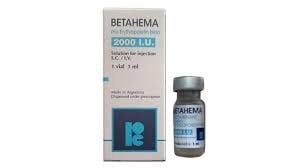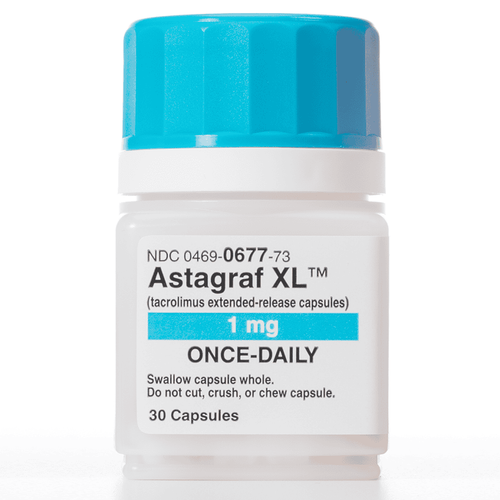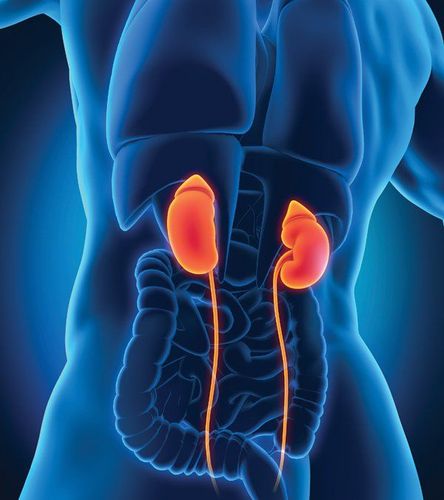This is an automatically translated article.
The article is professionally consulted by Specialist Doctor I Nguyen Hung - Department of Medical Examination & Internal Medicine - Vinmec Danang International General Hospital.
Hemodialysis (or hemodialysis) and peritoneal dialysis are two methods of extra-renal dialysis for patients with renal failure commonly used today. The following article will explain in detail the principle of operation, advantages and disadvantages of each method.
1. When is the patient indicated for extra-renal dialysis?
Hemodialysis is a method of removing from the blood the waste products of metabolism, endogenous and exogenous toxins and excess water in order to restore homeostasis. Extra-renal dialysis is indicated in the following cases:Acute renal failure : Is a syndrome of cessation or rapid decline in glomerular filtration rate, causing temporary collapse and loss of function of both kidneys. Clinical symptoms of the disease are oliguria, acute anuria, followed by non-proteinuria, electrolyte disturbances, acid-base disturbances, edema and hypertension.
Patients with acute renal failure will be indicated for extra-renal dialysis when:
Circulatory overload High uremia syndrome has clinical manifestations, severe bleeding due to high blood urea, Hyperkalemia variability on ECG (K> 6.5 mEq/l), unresponsive to medical therapy Severe acidosis (pH < 7.2) Severe, symptomatic hyponatremia (Na<120 mEq) Elevated degeneration, serum creatinine above 2mg/dl/ day, urea increased over 30 mg/dl/day. When need to remove toxins End stage chronic renal failure: The most severe stage of chronic renal failure when the patient's glomerular filtration rate is < 15ml/min/1.73 m2, manifested by uremia syndrome. Unless the patient refuses, all patients with end-stage chronic renal failure with clinically elevated uremia are indicated for renal replacement therapy. There are 3 options for renal replacement therapy for patients with end-stage chronic renal failure: kidney transplant, peritoneal dialysis, and hemodialysis. Depending on the specific case of the patient, the doctor will choose the appropriate method.
Due to the high cost of kidney transplantation, difficulty in finding a suitable kidney, and the high risk of rejection and infection, peritoneal dialysis and hemodialysis are the two more commonly used methods.
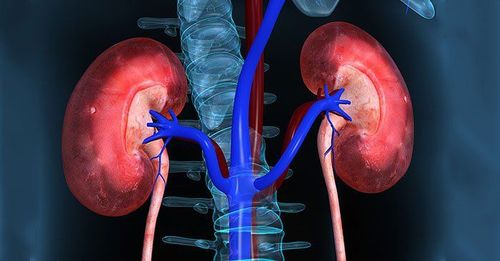
2. Peritoneal dialysis method
Peritoneal dialysis is a method of using the patient's own peritoneum as a replacement filter for impaired kidney function, helping to eliminate metabolites, control water and regulate electrolytes in the body.Acute peritoneal dialysis is often indicated in acute renal failure or exacerbations of chronic renal failure. The patient will have a temporary catheter placed through the abdominal wall to proximal to the pouch with Douglas. The filtrate will be put into the peritoneal cavity 2 liters each time, after 2 hours, the filtrate will be removed and replaced with new fluid. Perform continuously until electrolytes, homeostasis, and kidney function recover.
In patients with end-stage chronic renal failure, forms of continuous outpatient peritoneal dialysis or automatic cyclic peritoneal dialysis can be used.
Continuous outpatient peritoneal dialysis (CAPD) Continuous outpatient peritoneal dialysis is a method of dialysis in which the filtrate is always present in the patient's abdominal cavity, the filtration is performed 24 hours a day and continuously for 7 days. in Week. Normally the filtrate is changed about 4-5 times a day. To perform dialysis, a special catheter is placed into the peritoneal cavity so that fluid can be introduced and drained from the peritoneum. The filtration process takes place as follows:
Intake phase: Unfiltered fluid is introduced into the abdomen through the catheter. Fluid immersion phase: the fluid is soaked in the abdomen for 4-6-8 hours depending on the concentration of the fluid. Discharge phase: The soaked fluid is discharged into the natural environment under the action of gravity. After draining the soaked solution, start the infusion phase again. Automatic peritoneal peritoneal dialysis (APD) Automatic peritoneal peritoneal dialysis is divided into two types: Continuous peritoneal peritoneal dialysis (CCPD) and intermittent nightly peritoneal dialysis (NIPD).
In continuous cycle peritoneal dialysis, through an automatic fluid exchange device 3-10 times of fluid are introduced into the body every night. During the day, a volume of peritoneal dialysis fluid is stored in the abdomen and this is drained before the night cycle.
Nocturnal interval peritoneal dialysis is similar to cyclic peritoneal dialysis, except that there is no daytime peritoneal dialysis. Thus, the number of nocturnal cyclic exchanges is increased to compensate for the lack of diurnal fluid retention.
Advantages and disadvantages of the peritoneal dialysis method Advantages:
Simple, easy to implement, suitable for people going to work or school. Changes solutes gradually, so it is suitable for people with hemodynamic instability. Diet is less restrictive than dialysis with hemodialysis, no need to use anticoagulants often Less cause anemia, not infected with hepatitis A, B Preserves remaining kidney function Convenient for patients live far away, still go to work Cons:
May increase blood sugar Risk of fluid leakage from the abdomen, restriction of diaphragmatic activity and risk of infection if not followed instructions correctly (peritonitis, infection) tube foot) ,
3. Dialysis method for dialysis

Advantages of artificial kidney:
Dialysis is done in hospitals, with the support of medical staff, guaranteed aseptic conditions, complications if treated promptly . The number of dialysis times a week is usually not too much, patients can arrange their activities accordingly. Disadvantages of artificial kidney:
Patients must follow a strict diet according to the doctor's instructions. Risk of blood loss Low blood pressure, cramps, headache Risk of hepatitis A, B.. Patients with severe cardiovascular disease on hemodialysis may have hemodynamic disturbances Hemodialysis is not indicated. medicine for patients who are in a state of myocardial infarction, cardiac arrhythmia, blood clotting disorder that does not allow the use of heprin, .. Must operate by hand to make fistule A-V Two methods of extrarenal dialysis are peritoneal and renal dialysis. Artificial medicine has its own advantages and disadvantages, depending on the specific conditions of each patient and the conditions of the medical facility, the doctor will choose the appropriate treatment method. Patients need to strictly follow the instructions on treatment, the procedure to perform the operations if performing peritoneal dialysis at home, strictly follow the diet as well as periodically re-examined to achieve the treatment results. good.
Dr. Nguyen Hung graduated as a doctor specializing in General Internal Medicine - University of Medicine and Pharmacy, Ho Chi Minh City; Can speak English and French. With over 36 years of experience in the profession, of which 17 years is the Head of the Department of Endocrinology - Endocrinology, Da Nang Hospital, the doctor has experience in treating endocrine - diabetes and kidney diseases. Currently, he is an endocrinologist at the Department of Medical Examination & Internal Medicine at Vinmec Danang International General Hospital.
Please dial HOTLINE for more information or register for an appointment HERE. Download MyVinmec app to make appointments faster and to manage your bookings easily.





